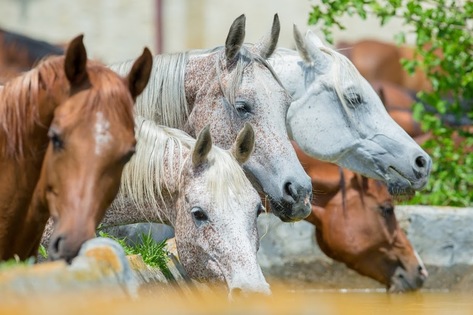Utah Man Reunited With Horse After 8 Years Apart
By Team HorseClicks 10-10-2022
A Utah man was recently reunited with his horse, which he says ran away with a herd of wild mustangs eight years ago.
Shane Adams, from Fielding, Utah said that his horse, Mongo, ran off and joined a running herd of mustangs for over eight years, after having broken free when the pair were camping in Utah's West Desert.
After having reported his disappearance to the Bureau of Land Management, and personally searching the West Desert for three years in search of Mongo, Adams and his f...

